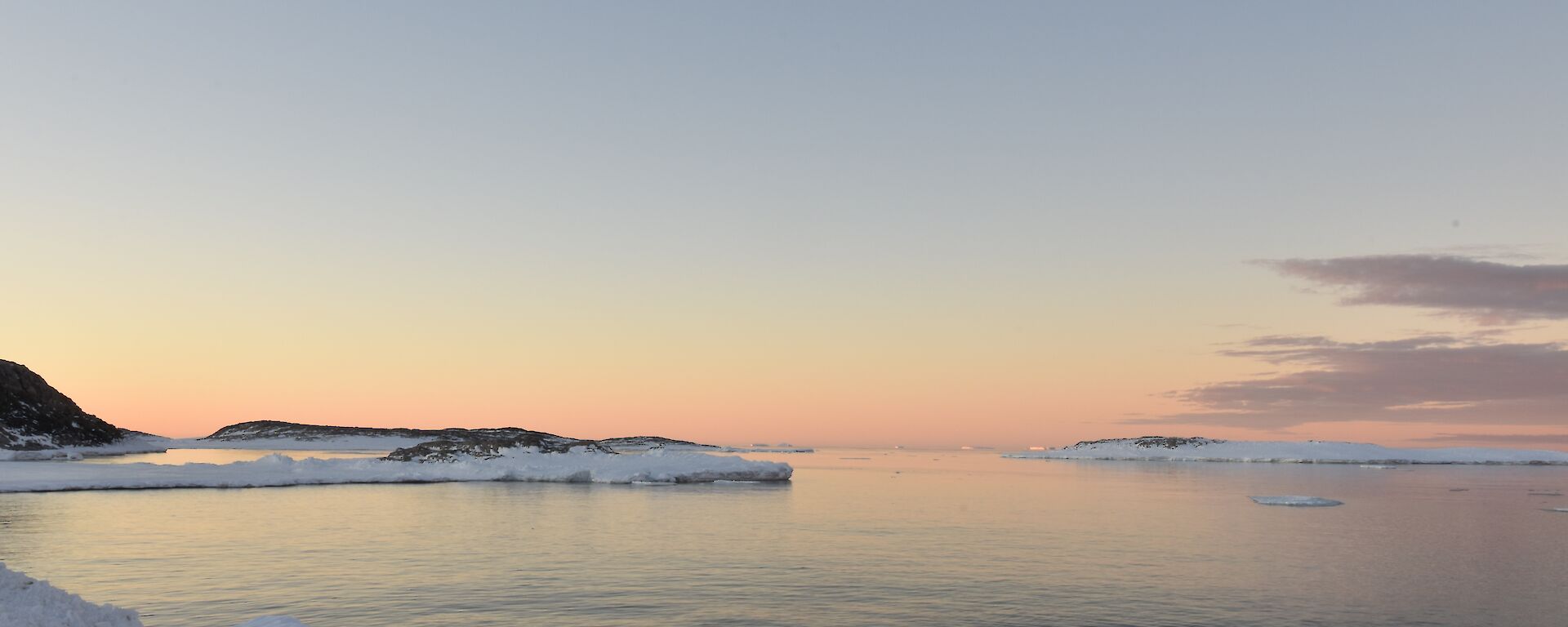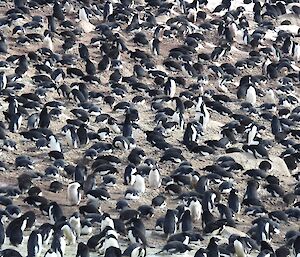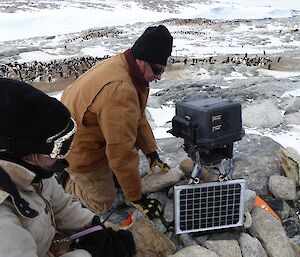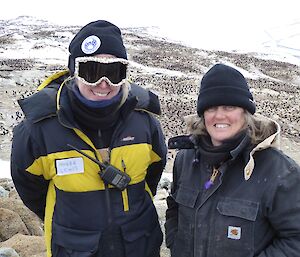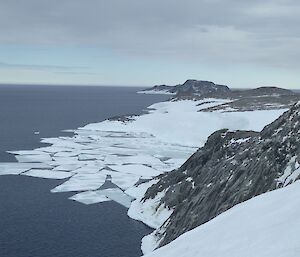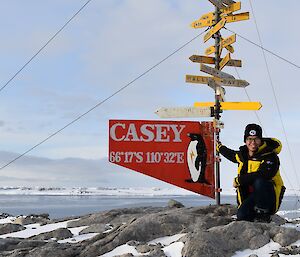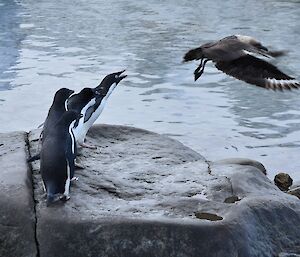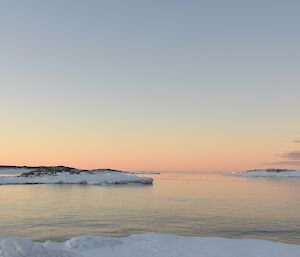Our travel to far-flung penguin colonies has so far been by Hagg and quad bikes and an awful lot on foot. The heavy packs wear us down, but the joy of seeing the penguins and achieving our research without our gloves blowing away in the fierce wind helps us feel a sense of lightness.
This year we have been setting up new remote operated cameras to expand our monitoring of the penguins across the Wilkes Land region. We have found some stunning sites to position the cameras which capture good views of penguins (of course), large chunks of the population, and stunning views of the sea-ice. The time lapse imagery will perfectly capture the cycle and success of the penguin breeding season, as well as the annual retreat and regrowth of the ice over which they travel to reach their colonies.
Our work has included attaching satellite trackers to Adélie penguins at the southern- and northern-most range of their breeding populations in the Wilkes Land region. This research will help us understand where the penguins breeding in this area forage, whether their foraging ranges overlap and to help identify how they get to their distant foraging grounds.
We have also been collecting preening gland oil from the penguins which has required mastering the art of juggling many items in the wind while gently swabbing the birds preening gland. This work will reveal the level of phthalates contamination in the preening oil.
The trips to the breeding colonies have involved an awe-inspiring trek across the plateau with tufts of snow swirling across the landscape and patches of deep mesmerising blue ice beneath. It helps you remember that in the Casey region, you really get the sense you're in Antarctica.
Louise Emmerson and Colin Southwell

